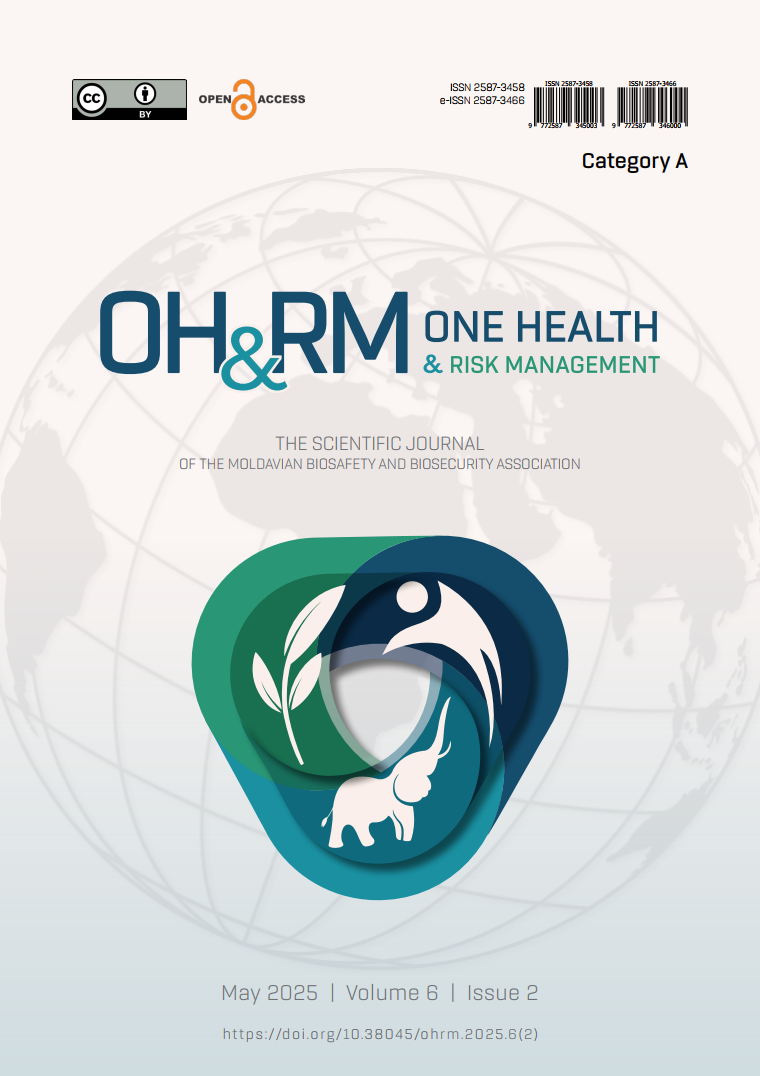Résumé
Introduction. The study assessed the seroprevalence of Hepatitis E virus (HEV) markers in different at-risk groups within the Republic of Moldova. The risk groups included blood donors, hemodialysed patients, medical workers, tuberculosis (TB) patients, and intravenous drug users (IDUs).
Material and methods. A cross-sectional descriptive-epidemiological study was conducted from 2019 to 2023, with participants randomly selected from different risk groups. Blood samples were collected and tested using ELISA for Anti-HEV IgG and IgM markers. Seroprevalence was calculated with 95% confidence intervals, and statistical analyses were conducted using Epi Info 7.2 software.
Results. Among 794 tested blood donors, 9.6% (95% CI: 7.7-11.8) were positive for Anti-HEV IgG, indicating past exposure, and 8.3% (95% CI: 6.3-10.8) for Anti-HEV IgM, suggesting recent infection. Hemodialyzed patients had a significantly higher seroprevalence: 45.8% (95% CI: 34.8–57.1) for Anti-HEV IgG and 21.6% (95% CI: 9.8–38.2) for Anti-HEV IgM. Medical workers exhibited moderate IgG prevalence at 11.8% (95% CI: 9.1-15.0) and substantially higher IgM prevalence at 38.1% (95% CI: 26.1-51.2). TB patients had lower IgG (11.9%, 95% CI: 7.8-17.2) and IgM (7.8%, 95% CI: 3.6-14.3) prevalences. IDUs had a notable IgG prevalence of 20.5% (95% CI: 12.6-30.4) but no detectable IgM.
Conclusions. This study highlights the significant burden of hepatitis E virus infection among at-risk populations in the Republic of Moldova.
|
 Vues: 519|
|
Vues: 519|
|
Ce travail est disponible sous la licence Creative Commons Attribution 4.0 International .
Copyright (c) 2025 Octavian Sajin, Nina Iziumov, Adela Țurcanu, Angela Paraschiv, Tiberiu Holban, Valentina Blaj

